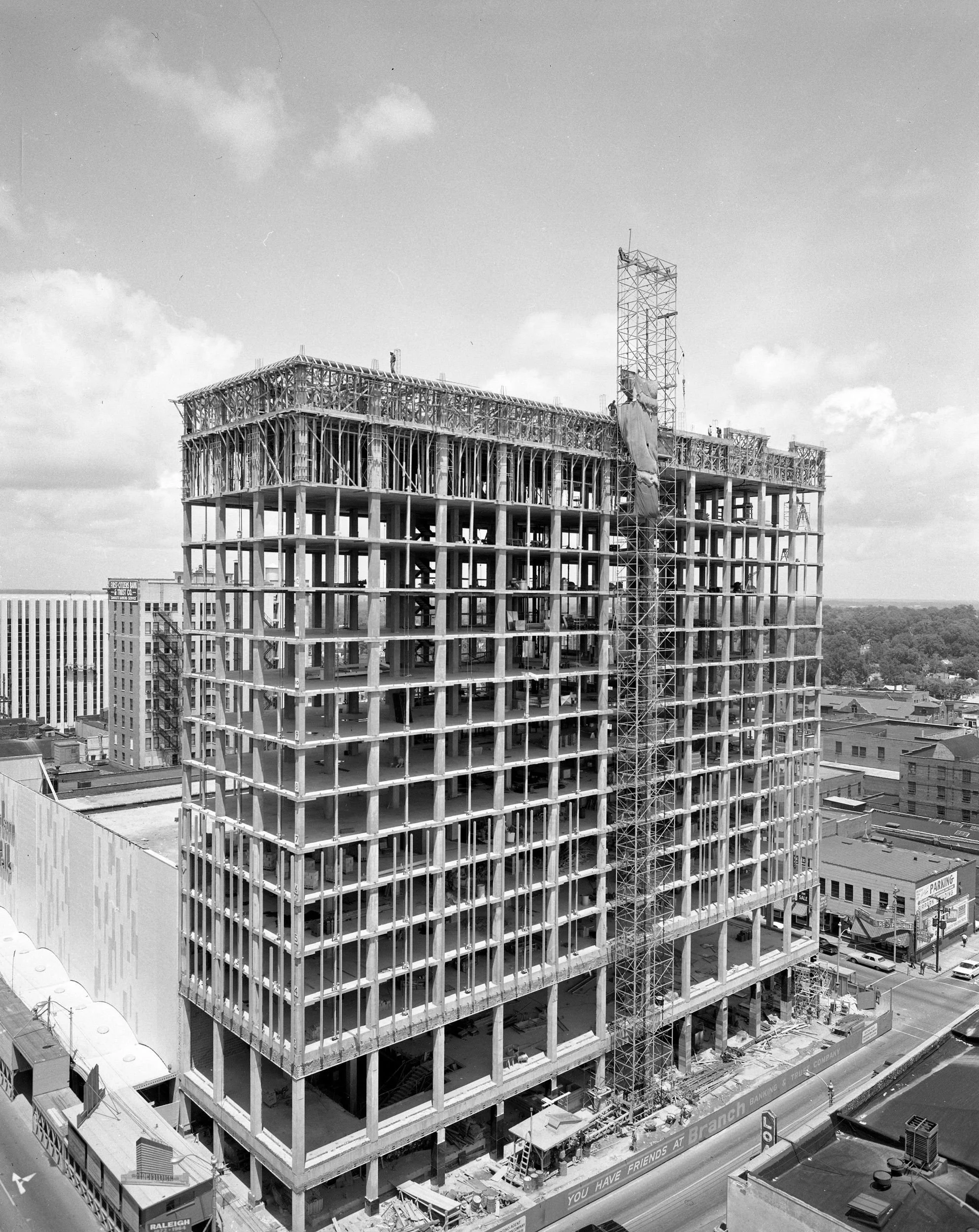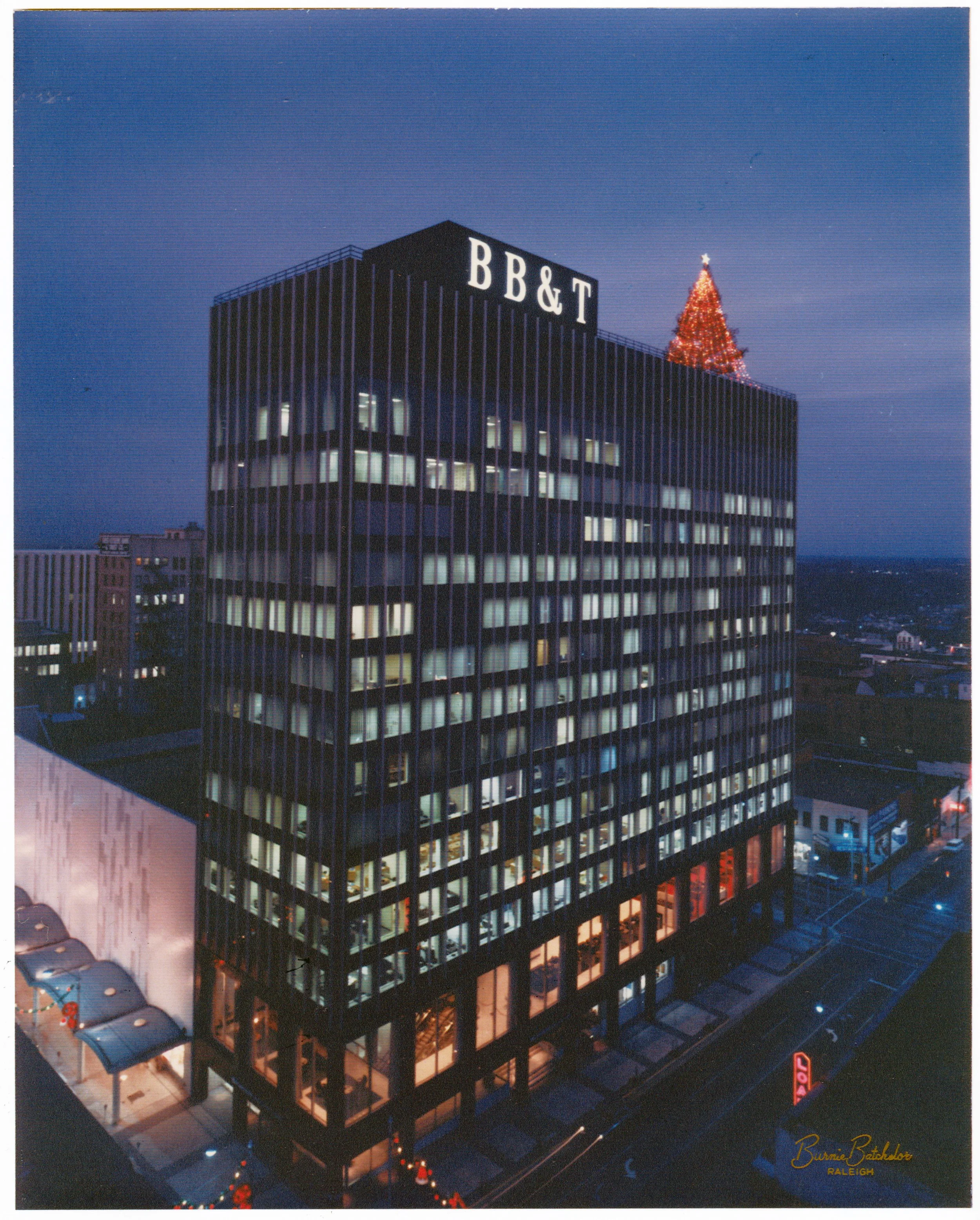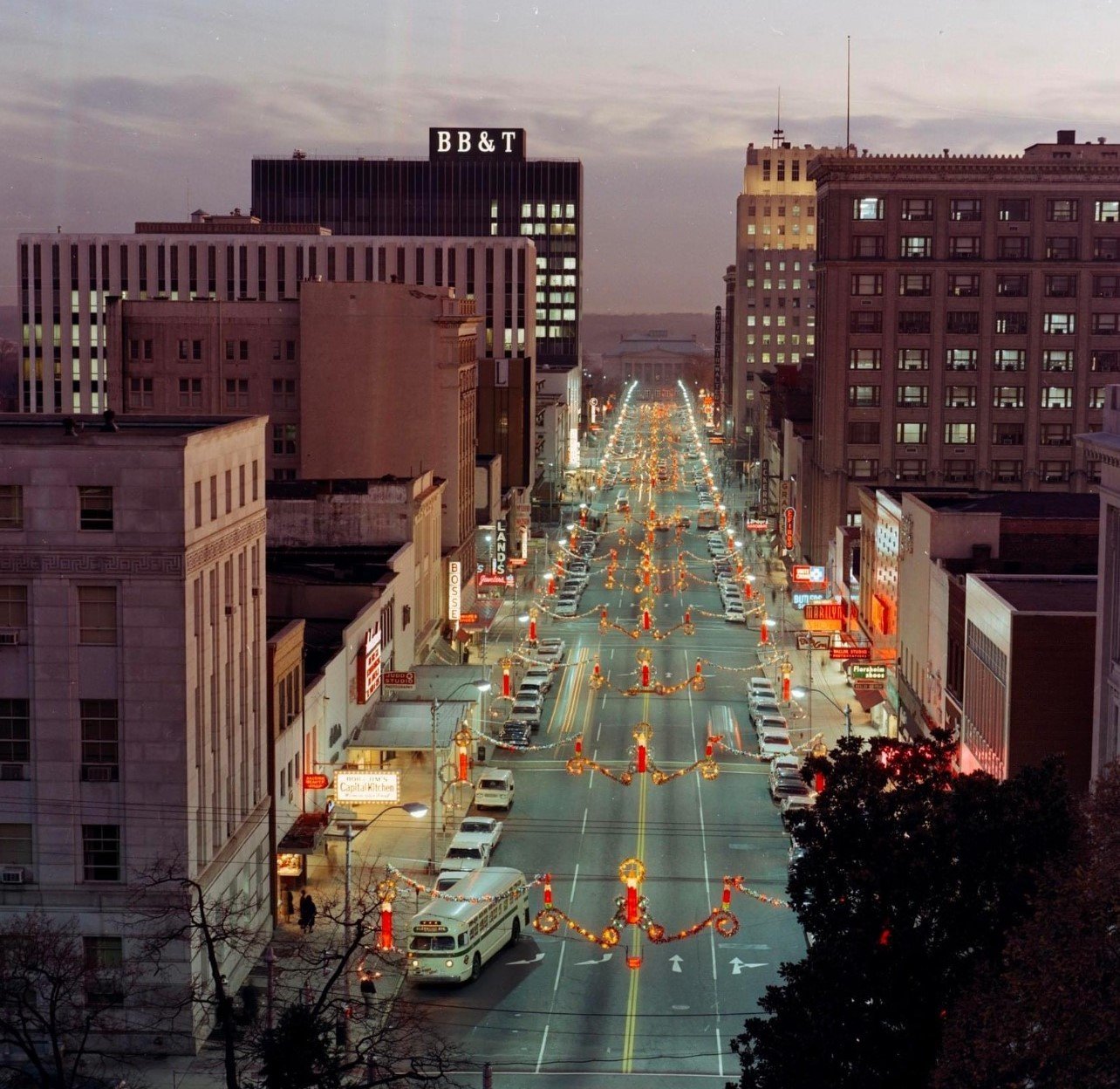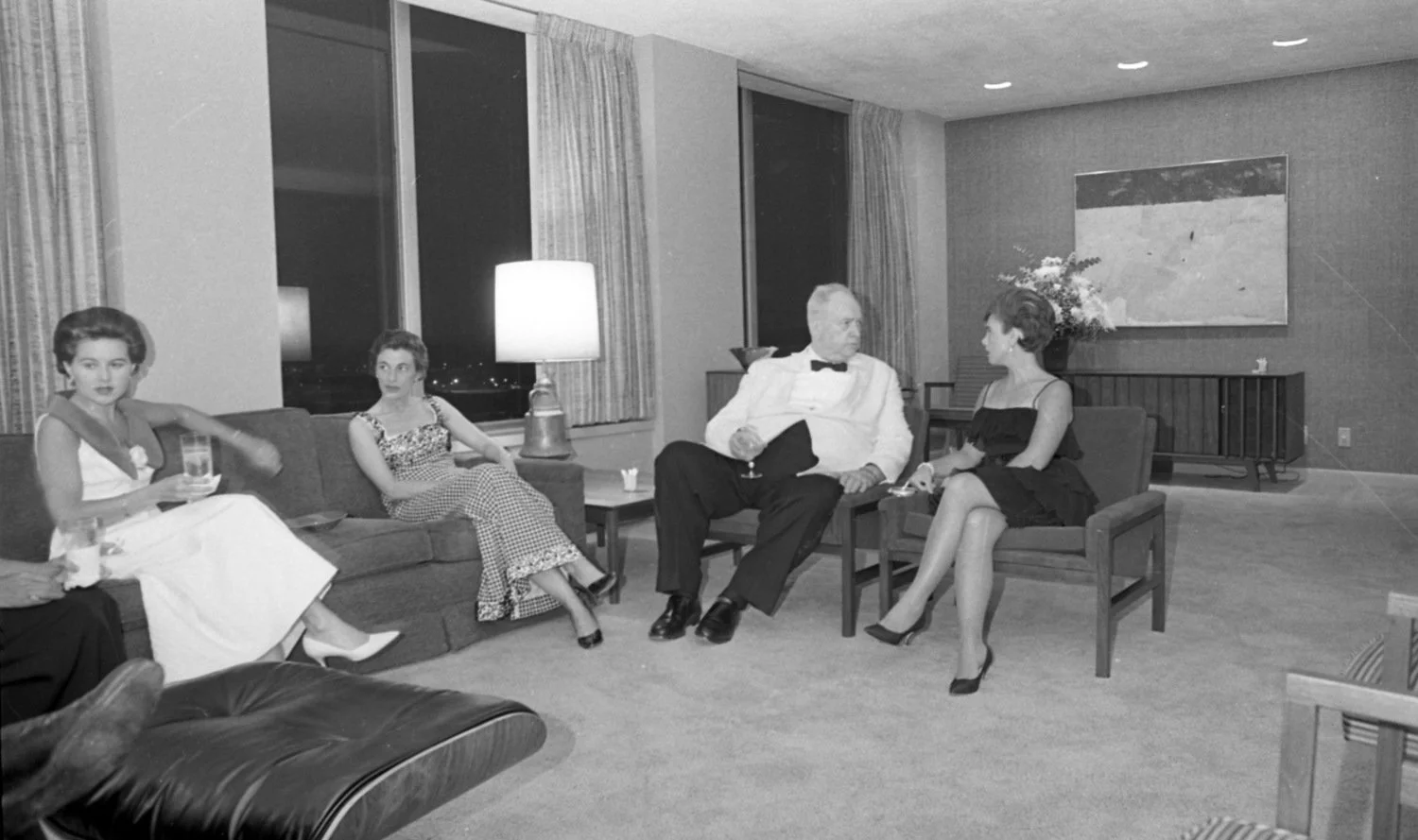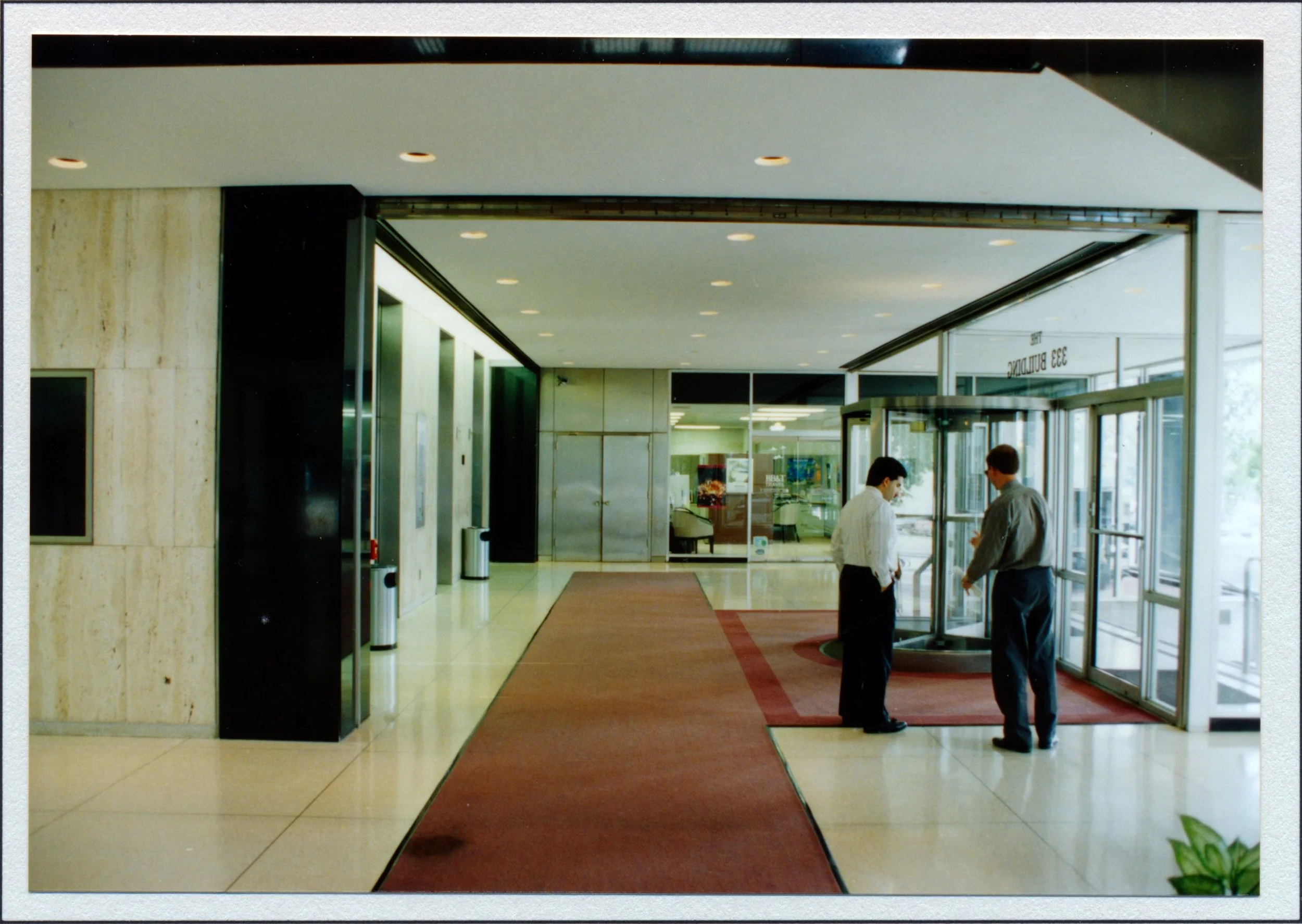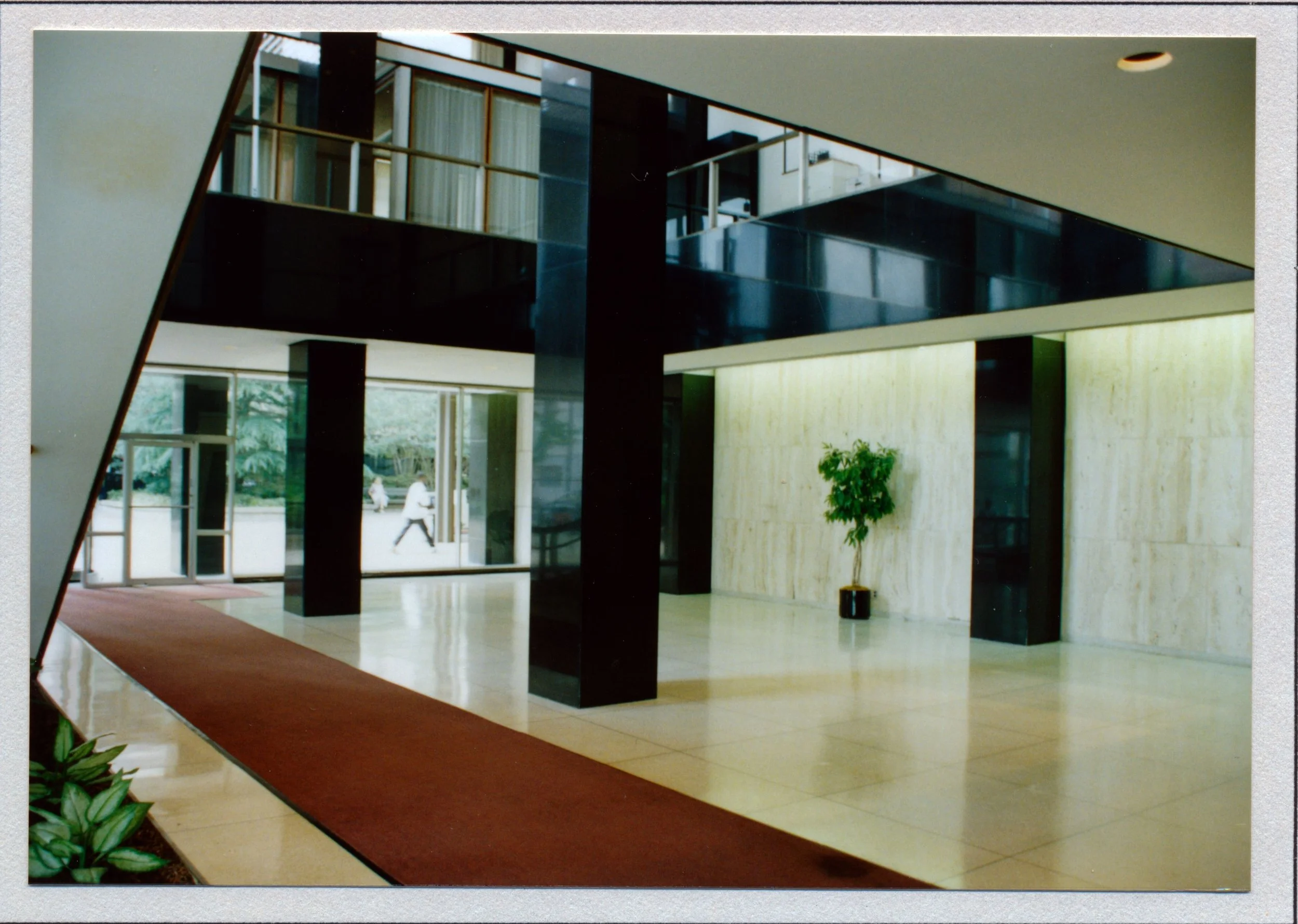Our History
The Early Days
The site of 333 Fayetteville Street has been at the center of Raleigh’s culture for centuries. The Law Building stood on the site during the Reconstruction period through 1910 when City Hall was erected on the site. City Hall, along with the attached auditorium, were designed in the Beaux Arts style by architect, P. Thornton Marye. After a fire destroyed the auditorium in 1930, it was rebuilt a few blocks to the south as Memorial Auditorium in 1932 where it still stands today. City Hall was eventually demolished in 1960 during a period of rapid growth for Raleigh that saw the need for a new, larger municipal complex that would be built a few blocks north of the site.
BB&T BUILDING
In 1961, BB&T purchased the site of the old City Hall, from the Hudson-Belk Company for approximately $250,000.
The bank had a “one million dollar plan” to erect an iconic building on the historic site.
By 1963, BB&T and 333 Fayetteville Street Associates entered into a partnership to jointly develop the building for
the bank. Famed New York City architects Emery Roth & Sons were brought in to design the new BB&T Building in
association with local architect G. Milton Small who designed the interiors. Inspired by Mies van der Rohe’s Seagram
Building, the BB&T building was designed as a concrete structure clad in dark glass and black marble with open
floor plans – all unique features at that time that have become the standard for Class-A office towers of today.
The massive project was completed in 1965 and the new BB&T Building stood as Raleigh’s tallest skyscraper at 15
stories high. Topped with a massive BB&T sign, the building became a wayfinding landmark for people coming into
downtown throughout the latter half of the 20th century. As Raleigh’s symbol of progress, the building hosted a
grand holiday celebration for the city in 1967 that included a 50-foot Christmas tree was air-dropped on top of the
building and lit by Governor Dan Moore – a publicity stunt turned Raleigh historical lore.
CAPITAL BANK PLAZA
As was the case for urban centers across America, the popularity of Raleigh’s downtown dwindled over the coming
years. Although it retained its iconic status, 333 Fayetteville Street lost some of its luster as it saw numerous owners
and tenants turnover during the next few decades. In 2004 local developers Don Carter and Bobby Lewis, operating
as Raleigh Development Company (RDC), purchased 333 Fayetteville Street and immediately went to work restoring
and upgrading the building. Concurrent with their efforts, downtown Raleigh was in the midst of a dramatic a
revitalization that saw major public and private investments that would set the stage for downtown to once again
become the center of commerce for the region. Raleigh based Capital Bank seized on the opportunity to be part of
the action when it chose to locate its headquarters at 333 Fayetteville Street in 2007, renaming the building Capital
Bank Plaza. That name would remain until 2021 when, following several acquisitions and mergers, the bank was no
longer headquartered in Raleigh.

